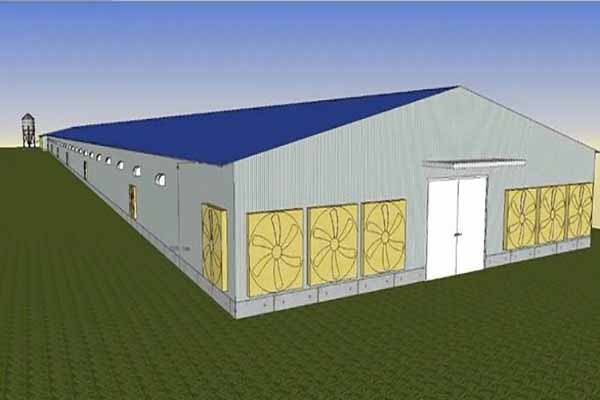Optimizing Feeding System Costs in Poultry Farming: A Comprehensive Guide
Introduction
The cost of feeding systems in poultry farming plays a significant role in the overall profitability of the operation. As a poultry farm owner or investor, understanding how to optimize these costs is crucial. This article will explore the various aspects of feeding system costs, including their impact on the industry, the latest trends, and practical strategies to reduce expenses without compromising the health and performance of your birds.
Feeding System Costs Overview
Feeding systems in poultry farming can range from simple, manual systems to sophisticated, automated ones. The cost of these systems varies widely based on their complexity, features, and the scale of the operation. Here’s a breakdown of the typical costs associated with feeding systems:
- Manual Feeding Systems: These are the most cost-effective but require more labor. Costs can range from $100 to $500 per feeding station.
- Semi-Automated Feeding Systems: These systems reduce labor needs and are more efficient. Prices start from $1,000 to $5,000 for a complete system.
- Automated Feeding Systems: Offering the highest level of efficiency and accuracy, automated systems can cost between $5,000 and $20,000 or more.
Impact of Feeding System Costs on Poultry Farming Profitability
The cost of feeding systems can directly impact the profitability of a poultry farm. According to a recent study, the cost of feed accounts for approximately 60-70% of the total operational cost in poultry farming. Here are some key points to consider:
- Cost Efficiency: Investing in a high-quality feeding system can lead to better feed conversion ratios, reducing feed costs per bird.
- Health and Performance: An effective feeding system ensures that birds receive the right nutrients at the right time, improving their growth rate and overall health.
- Operational Efficiency: Automated feeding systems can lead to significant labor savings, as well as the ability to feed birds at precise times, optimizing their diet.
Strategies to Reduce Feeding System Costs
To reduce the cost of feeding systems in your poultry farm, consider the following strategies:
- Assess Your Needs: Understand the specific requirements of your birds and the scale of your operation to select the most suitable feeding system.
- Compare and Evaluate: Research different feeding system options, considering their cost, efficiency, and long-term benefits.
- Implement Feed Management Practices: Follow best practices for feed storage, delivery, and distribution to minimize waste and optimize nutrition.
- Regular Maintenance: Keep your feeding system well-maintained to prevent costly repairs and extend its lifespan.
Conclusion
Optimizing feeding system costs is essential for poultry farming profitability. By choosing the right system, implementing efficient feed management practices, and maintaining your equipment, you can reduce costs while improving the health and performance of your birds. For more detailed guidance and to receive a free, customized feeding system design and equipment quote, please leave a comment below or contact us directly.





